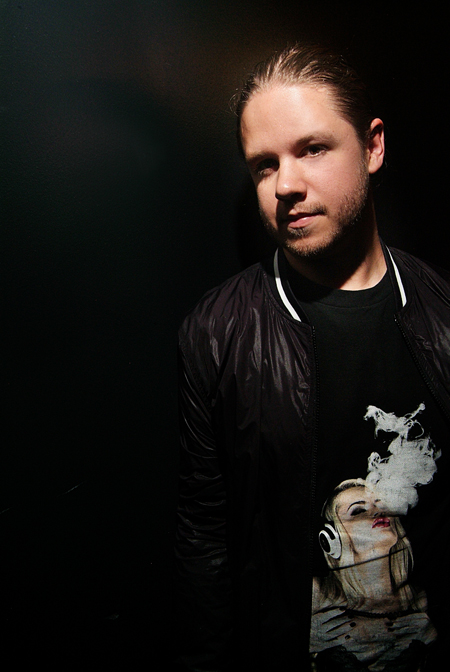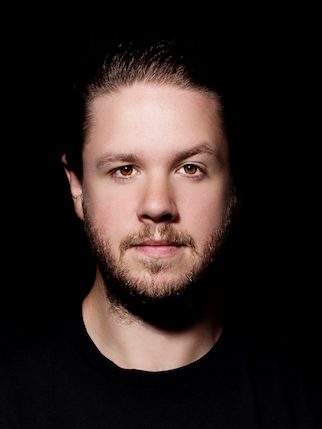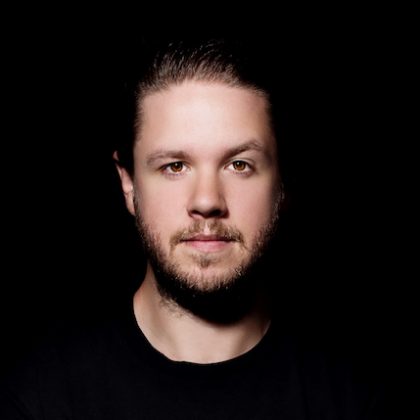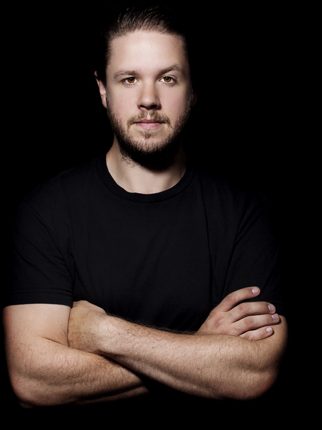How John Dahlbäck Challenges Himself and His Audience With Every Step

If you want to see how electronic music has progressed over the last 15 years, just look to the discography of John Dahlbäck. With hundreds of releases since he dropped his first tune at the age of 15, John has managed to stay at the forefront of house music, doing so in such a way that never compromised his need to be diverse and unique. Unlike with most children, Dahlbäck’s parents exposed him to jazz from a young age, and in his early work you could see that the intricate melodies and shifting rhythms inspired how he approached house music.
“Instead of having music as background noise, we sat down and listened to it. It was jazz and classical and soul and disco. It was very influential to me.”
Growing up with a mother and father who were both musicians has clearly shaped who he is an artist. Dahlbäck plays the drums and the piano, and many of his tracks have started as piano riffs. Having a musical background has given him a unique perspective on how important a keen ear for melody is in making music that can impact your audience.
John Dahlbäck is an artist whose focus is constantly shifting; producing under a number of different monikers has allowed him to experiment with the many different facets of house music. However, at some point in the last few years, he decided to ditch the other names and express his deeply felt love for all types of dance music under his name only. He is an artist who doesn’t shy away from challenging his audience, and his new album—Saga, releasing on Armada Music in late January—will be doing just that. In a return to form for the Swede, Saga sees Dahlbäck experimenting with many styles of music, from several downtempo tunes to the pop style of “Count to Ten” and the big-room future house bounce of “Raven.” This is set to be a true artist album, allowing Dahlbäck to fully guide us a journey of shifting moods and tempos.
Entering 16 years in dance music and dropping studio album number five, Dahlbäck is definitely at the top of his game. We had the chance to chat with him via phone about his journey, his new album, and what he thinks the music industry can do to ensure new artists get the exposure they deserve.
“I think over the next few years, you are going to see a great transition… In a few years, the club scene will be doing really well in the States.”
Your new album drops soon. When you are putting together an album, are you attempting to tell a story with the songs? What’s the story with Saga?
In the beginning of an album process, you always have this, like, idea that you want to make one type of song only for the album and tell the story really well. In the end, you always end up with 100 songs, and you have to pick out 10 of them. Overall, they are all very different from what I have done before, and I’m very happy with the sound.
Is this a departure from stuff you’ve done before?
I try to include most genres. I have four downtempo songs; it’s really fun to do. I would be tired of myself if I was only making the normal house music tempo.
How has coming from a musical family helped shape who you are as a musician?
I think quite a bit; they were very eager for me to learn instruments. That’s why I played drums for six or seven years, and then piano for a few years and a little bit of guitar. In my home… instead of having music as background noise, we sat down and listened to it. It was jazz and classical and soul and disco. It was very influential to me. When I did music, I tried to combine a lot of those styles into house. And that’s why in the beginning, my sound was very jazzy and deep and maybe a bit weird—but also maybe cool.
How did your parents encourage you to pursue your love for music?
My dad was a drummer; he and I used to practice at home and learn notes. When it comes to piano, they wanted me to learn on my own. And when I stopped with the piano lessons, they encouraged me to sit by the piano for a few minutes and just play with it.
You’ve spoken before about Europe being fickle when it comes to electronic music. Do you find audiences harder to please when you play gigs there?
Yeah, some places are always going to be party crowds, because people want to party; that’s the goal. A lot of clubs in Europe, they’ve had this for 15 or 20 years, so I think they want something different or more underground. I can see the trend because I come from a club background. Some DJs come out, and they’ve come up when it’s been festivals only. They are used to playing hour sets with full-on power and mashup heaven. So when they come to clubs, they expect people to get straight into it. But people forget to build up a crowd; you have to build the night. I guess Europeans are a little bit more into that than Americans, in a way. It’s two different crowds; I don’t know, I think that maybe Americans are a bit more open to music.
“Why don’t these bigger acts take the opportunity to educate a little bit? They don’t have to play super weird stuff, but maybe they don’t have to play every hit in the world.”
 Has the newfound love for EDM in America shaped your production and DJing over the last few years?
Has the newfound love for EDM in America shaped your production and DJing over the last few years?
For sure. Most of the tracks I’ve done on this album have been made on tour in the States, on a laptop. Like, after a show, I felt inspired and made music—because I love being in the US. I think over the next few years, you are going to see a great transition. Some festivals might disappear, but you have a good foundation there, and I think in a few years the club scene will be doing really well in the States. When house music starts to get a little less mainstream, that’s when the club scene is going to bloom.
Do you think an artist has a responsibility to challenge the audience?
Yes, sure. I’ve always thought that. Again with the festivals, I’ve always thought, why don’t these bigger acts take the opportunity to educate a little bit? They don’t have to play super weird stuff, but maybe they don’t have to play every hit in the world. I’ve seen a few people do that recently, but they could have done more.
What DJs out there are really challenging the audience right now?
I think Steve Angello has such a nice base with fans. It’s great what he’s doing with Size and Size X. Steve could easily play a four- or five-hour underground set or play a festival set. There are few people like him. Eric Prydz is the same—he never sells out. He gives people what he wants to give them; he doesn’t give them what they want, necessarily.
Do you feel like making music is a selfish act? When you create something, are you making it for yourself or for the masses?
I make it 100 percent for myself. In the past, I’ve listened to maybe a few too many people… and what they think about the music I should be doing, and what I shouldn’t be doing. In the end, when shit goes down and things get really bad, I’ve always done what I’ve enjoyed and made music that I could listen to myself.
Your label Mutants is set up for up-and-coming talent. Do you feel that the music industry does enough to support lesser-known artists?
I think it has changed for the better in the last year or two. A lot of new artists get exposed really well. But it can always get better. You know we are building the new Aviciis and Swedish House Mafias right now, and to not give them the opportunity to get heard is not good. So with Mutants, I’m trying to sign people no one has heard of. At least I’ve done my part.
What are you listening to right now that’s not electronic?
A lot of hip-hop, like old-school Nas—very New York old-school hip-hop. I used to be West Coast gangster hip-hop, but I’ve changed in the last few years. They had such amazing beats, and everything was done so well. I mean, I used to be very West Coast; the day I found out that Stockholm was not on the West Coast of Sweden, I was very sad.
Follow John Dahlbäck on Facebook | Twitter




